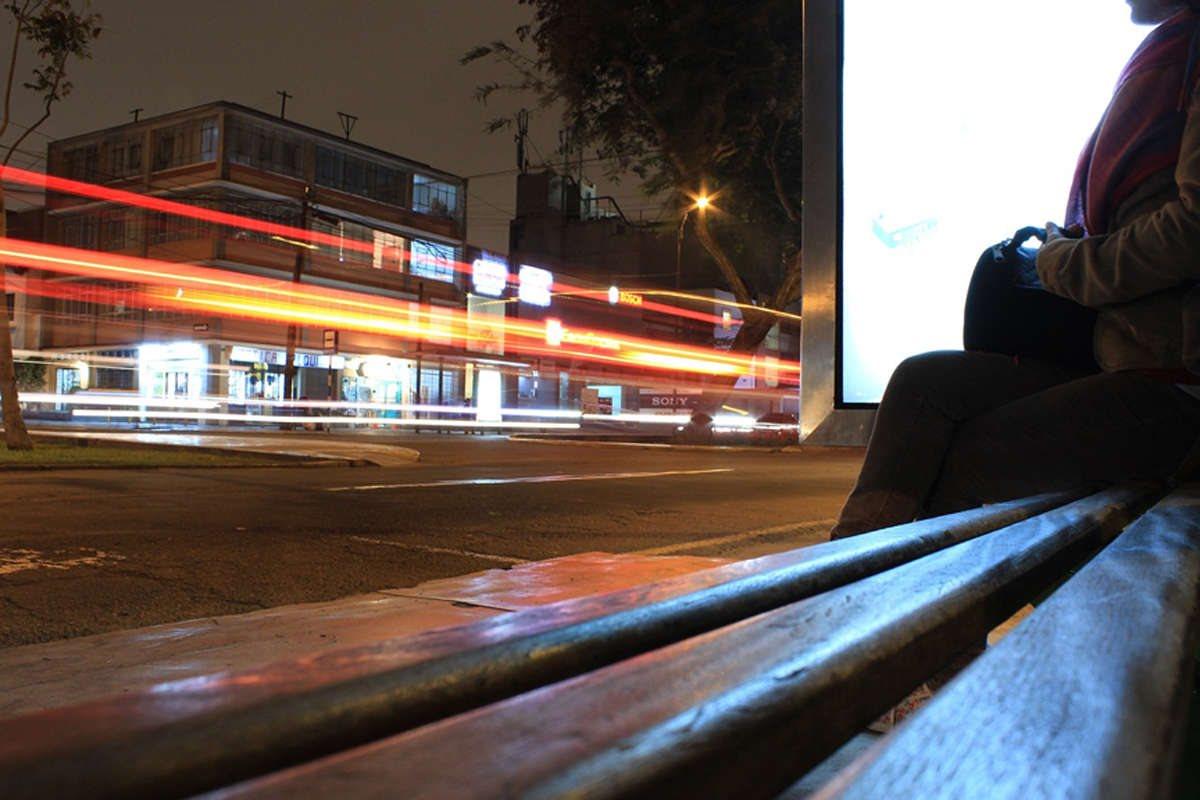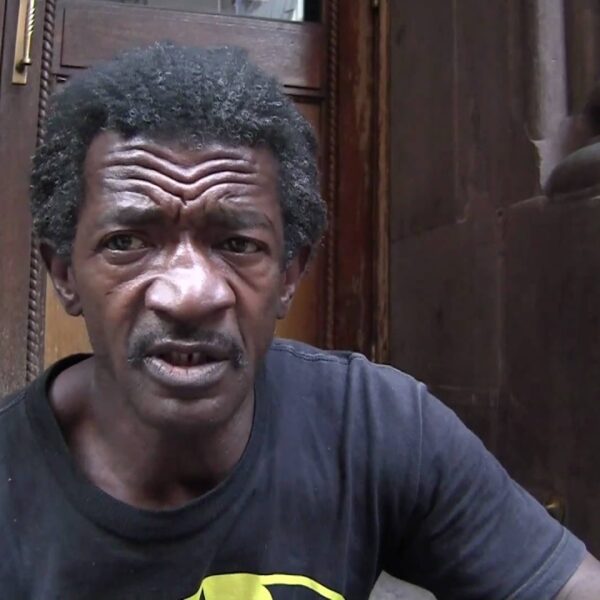Homeless relocation programs are nothing new: cities have been arranging one-way transport for their homeless residents for decades. Tickets are typically free, and sometimes cities even pay their homeless residents to take them. Programs vary dramatically, and so do their outcomes.
Relocation programs can be positive. They have helped people escape homelessness. Other cities may have more resources with better funding. Maybe shelters in the originating city are full because there are simply too many homeless people to serve. A fresh start in a new place can come with opportunities to form new connections and a safety net.
However, relocation programs aren’t likely created with selfless intentions, and don’t always deliver the benefits they promise.
What’s the difference between programs that work and ones that don’t?
New York City has a relocation program called the Special One-Time Assistance Program, or SOTA, which pays local homeless families to move to other cities, as far away as Puerto Rico and Hawaii. NYC will pay for a full year of rent as well as travel expenses. The program has so far sent homeless people to 373 different cities across the U.S.
These receiving cities generally don’t know about the relocations. This means they’re not able to ensure supports are in place for them, and new residents are left adrift. Many families end up going back to NYC because they can’t get stable. Some have even sued the city for being abandoned in barely-livable conditions. There’s no system to hold landlords accountable, and newcomers are at their mercy.
In addition to these challenges, one year to get entirely stable and self-sufficient is a tall order. It’s not realistic and results in program participants ending up right back on the streets.
A similar program called Away Home has been implemented in Pomona, California.
Law enforcement reaches out to loved ones of homeless Pomona residents to make sure they’ll have support. Once this is confirmed, the city will pay for a one-way bus ticket. If care from loved ones can’t be guaranteed, the city will work with local services to set up a care plan.
The advantage Away Home has over SOTA is it works with receiving cities to help set up a support system before the move. This cannot promise a successful starting-over. But it’s a more compassionate approach than simply handing over cash.
Another example is a program in Puyallup, Washington that allows police officers to transport homeless people to a shelter in nearby Tacoma. This program was created because Puyallup, despite its growing homeless population, has no overnight shelters of its own. In addition to shelter at the Salvation Army in Tacoma, residents can receive wraparound services like mental health care and employment assistance.
Puyallup insists it isn’t a relocation program, and it does differ from New York City’s in several key ways. Shelter is guaranteed, as homeless residents are taken there directly. People can stay there for months, and the services they receive make it more rehabilitative than simply getting cash.
The obvious question: what’s in it for the exporting cities?
They spend enormous amounts of money helping homeless people start new lives in other cities. In return the city:
- Spends less money funding its own social services
- No longer has to problem-solve solutions to its homelessness crises
- Has less homeless people/tent cities “tarnishing” its image
Cities face pressure from the federal government and their own taxpayers to fix their homelessness problems. Cities with the most homeless residents and the most pressure tend to be the ones that develop relocation programs, simply because they don’t know what else to do. They find that it’s the easiest and most effective way to reduce their homeless population.
If exporting cities have their homeless residents’ best interest at heart, they take measures to ensure their programs set participants up for success. They make calls to destination cities to find out where the individual will stay and look into other resources they may need.
If cities are only looking out for their own self-interests, they care about enrolling as many people as possible, not whether people are successful after they leave. This means they won’t communicate with receiving cities and probably won’t look closely at whether they’re giving individuals what they really need to make it.
Doing More Harm Than Good
That fresh start may sound like a nice idea to someone who has never experienced homelessness. While a homeless person probably doesn’t have much in the way of a support system, there is familiarity in their home environment. That familiarity brings comfort as well as safety.
In their home cities, at least, people know which places offer genuine help and can be trusted. Homeless individuals knew which areas of town were tolerant of their presence and which were not. This knowledge might have come from years of trial-and-error. While they may lack formal support, they might have connections to local resources, or have camaraderie with other homeless people.
Above all, people can be attached to their home environment. Even if that environment is hostile and cruel, familiarity can be enough to create a sense of home and belonging. To leave it all behind and start somewhere new is to lose your identity. For homeless people, sense of self may be all they have.
Large-scale homelessness crises certainly aren’t easy to solve. When you consider that San Francisco has relocated over 10,500 homeless people – far more than its current homeless population of roughly 7,600 – you have to consider whether any city has the ability to host enough resources for such a number.
The problem lies in how the public views homeless people – as a problem to be fixed. Out of sight, out of mind should not apply to human beings. We must regard homeless people as people and accept them as rightful members of our communities. Then will we feel less compelled to clean them up and send them away.













